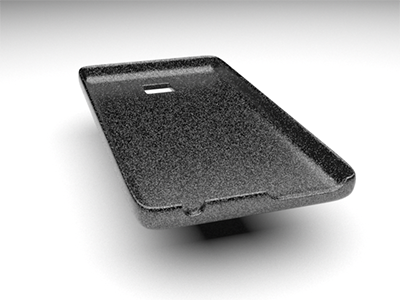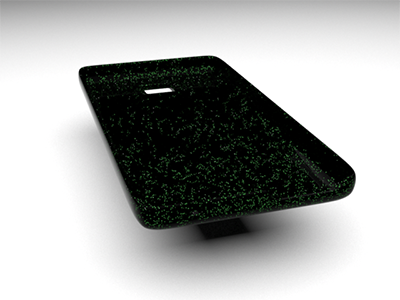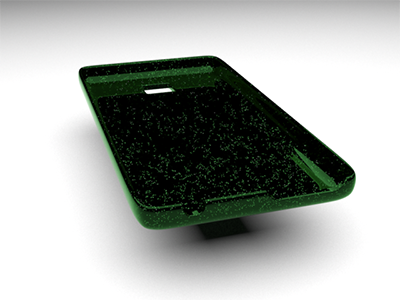Metallic Flake
Create a metallic material with shiny flakes.
Main Parameters
- Surface Color
- To define the color, choose from the following options:
- Select a color.
- Select an image. The image overrides the color.
- To blend the color with the image, click the plus symbol (+). You can tell if the blend option is turned on by looking at the image preview.
To define the shade, enter a value of 0-100, where 100 is the true color and 0 is black.
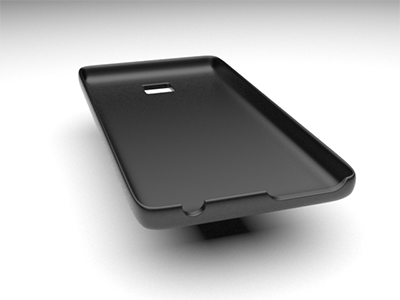
Figure 1. Satin Black Plastic from the Material Library - Glow Color
- Define the color of the glow.
- Glow Intensity
- Define how intensely the metallic flakes glow. Increase this value for a brighter glow; decrease it for a softer glow. We suggest keeping this value under 30-35%, as increasing this number too much can obliterate the base color.
- Glow Size %
- Define the size of the glow.
- Rainbow Flakes
- Make the metallic flakes rainbow colored.
- Flake Color
- Define the color of the metallic flakes by choosing a plain color from the color palette.
- Flake Size (mm)
- Define the size of each flake in millimeters. Increase the value for larger flakes; decrease it for smaller flakes.
- Flake Density %
- Define how close together the flakes are. Increase the value to space the flakes closer together; decrease it to space them farther apart.
- Flake Visibility
- Define the level of contrast between the metallic flakes and the base color. Increase the value to make the flakes more conspicuous; decrease it so they blend in more with the base color.
- Flakes Only
- Use metallic flakes without a surface color.
- Bump
- Bump adds texture to the material at a macroscopic level. Because it
visibly affects the surface texture, Bump is useful for simulating
irregular surfaces.A bump map gives the illusion of texture without physically distorting the geometry, minimizing rendering time. The grayscale map tells Inspire Render how to change the surface normals as if the surface had been displaced; the modified normals are used in lighting calculations. A bump map looks like the inverse of what you might expect: black represents the highest extreme and white represents the flattest extreme, while shades of gray represent grades in between.
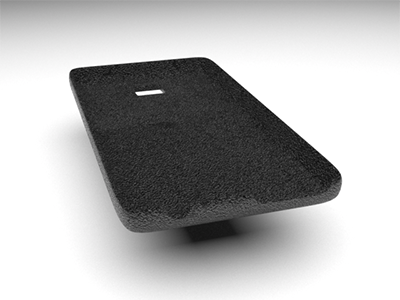
No Bump (default): Do not use a bump map.
Use Surface Color for Bump: Reuse the image used for your color map and apply it as the bump map. You can make the bumps look taller or flatter by adjusting the bump effect (0 to 100); higher values make the texture look more pronounced, smaller values make the texture look more subtle.
Custom Bump: Upload an image. You can make the bumps look taller or flatter by adjusting the bump effect (0 to 100); higher values make the texture look more pronounced, smaller values make the texture look more subtle.
Normal Map OpenGL: Achieve more detailed texture effects when you have uploaded a RGB color image. While standard bump mapping uses grayscale values to describe the surface's hills and valleys in terms of height, normal mapping translates red, green, and blue values to x, y, and z coordinates, creating texture in terms of angles up the hill or down the valley.
Normal Map DirectX: Achieve more detailed texture effects when you have uploaded a RGB color image. While standard bump mapping uses grayscale values to describe the surface's hills and valleys in terms of height, normal mapping translates red, green, and blue values to x, y, and z coordinates, creating texture in terms of angles up the hill or down the valley.
Advanced Parameters
- Anisotropy
- Stretch and blur highlights. Anisotropic reflections are like regular reflections, except they are stretched and blurred against the grain of the material. They are often used to simulate finely brushed metals.
- Rotation
- Enter a value from 0 to 360 to rotate the stretched highlights. Rotation is only applicable if Anisotropy has been selected.
- Micro Roughness
- Adjust the sharpness of reflections, as the viewing distance goes from
close to far. When you look at a surface that is uniformly rough, areas
that are closer appear rougher (because you can see them more clearly)
while areas that are farther away appear smoother (because you can't
seem them as clearly). As a result, nearby reflections look blurrier
while faraway reflections look crisper.
Height (μm): Adjust the average height of the bumps on the surface. Higher values correspond to blurrier reflections overall.
Width (μm): Adjust the average width of the bumps on the surface. Higher values correspond to blurrier reflections overall.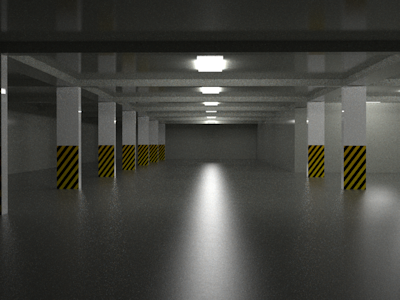 Figure 5. Micro Roughness Disabled
Figure 5. Micro Roughness Disabled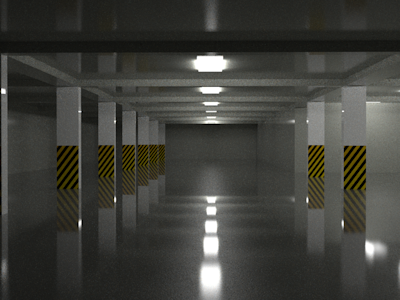 Figure 6. Micro Roughness Enabled with a Width of 10
μm and Height of 0.1 μm
Figure 6. Micro Roughness Enabled with a Width of 10
μm and Height of 0.1 μm - Displacement
- Bump allows you to render detailed textures relatively quickly; however,
because you are only changing the surface normals and not the surface
itself, silhouettes and shadows might not be rendered realistically.
This condition is particularly true for larger texture effects. If you
need to give surfaces a greater sense of depth and detail, showing
self-occlusion, self-shadowing, and silhouettes, use Displacement. Like
bump maps, displacement maps are grayscale; black equals zero
displacement and white equals maximum displacement (a value you define
using the Height parameter below).
This feature is not currently available in GPU+CPU mode.
The default number of samples is 500.
Subdivision: Modify the object's number of subdivisions before displacement occurs. Higher values produce more accurate results.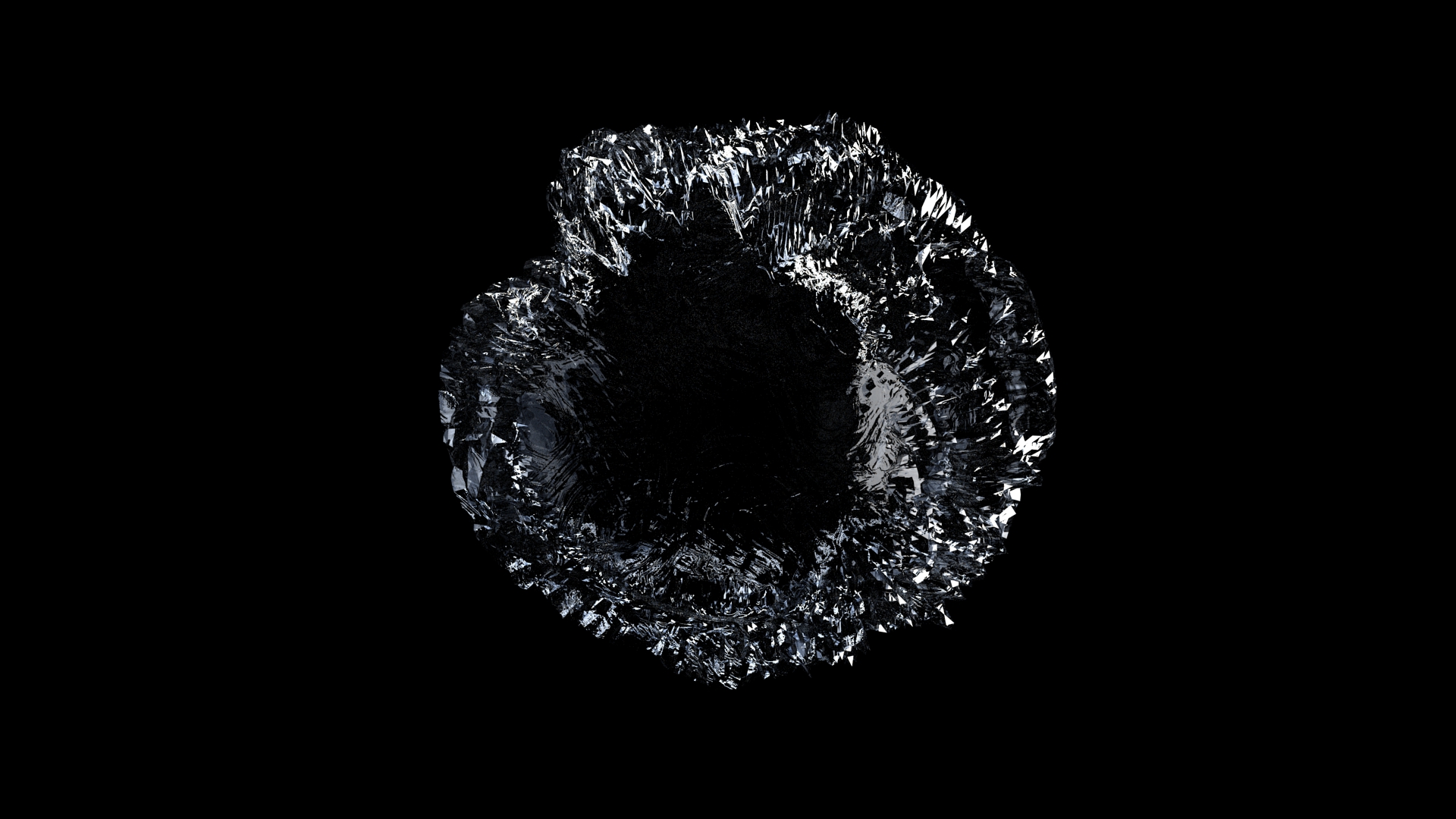 Figure 7. Subdivision: 2
Figure 7. Subdivision: 2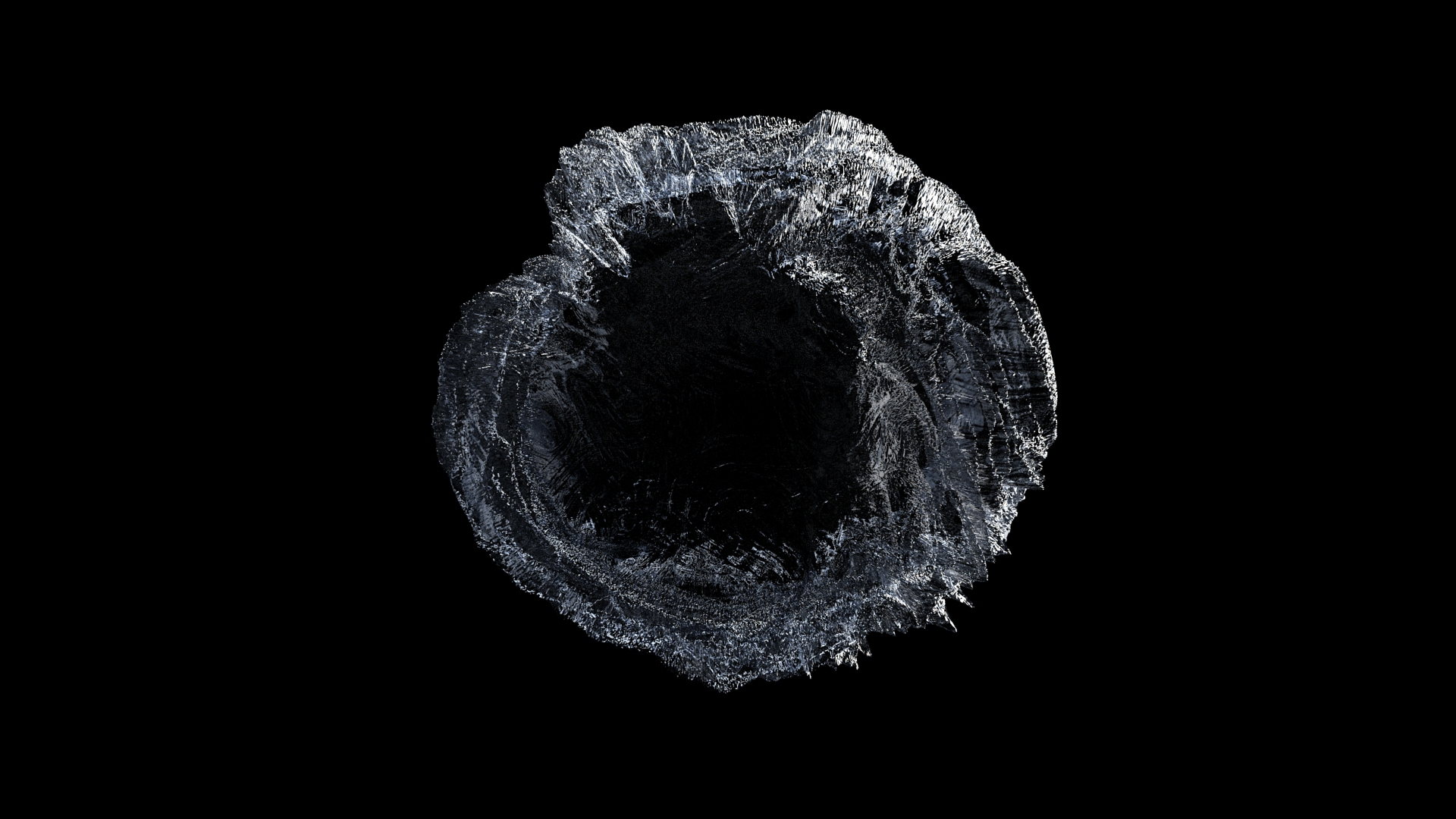 Figure 8. Subdivisions: 6
Figure 8. Subdivisions: 6Texture: Upload a texture map. Colored images will be mapped as grayscale.
Height: Set the maximum distance displaced. For displacement to appear, values must be greater than zero; the default is 2 cm.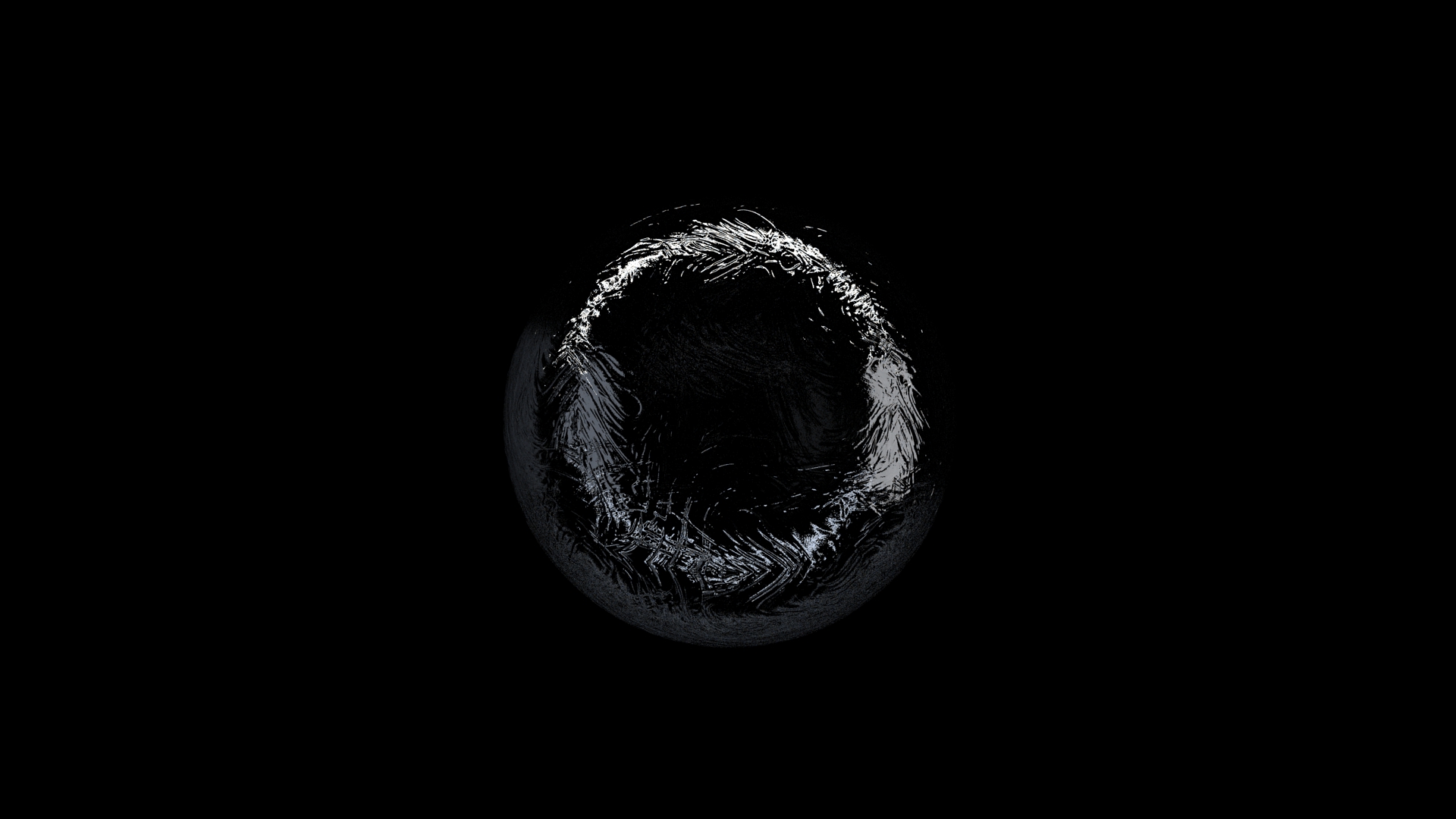 Figure 9. Height: 0.5cm
Figure 9. Height: 0.5cm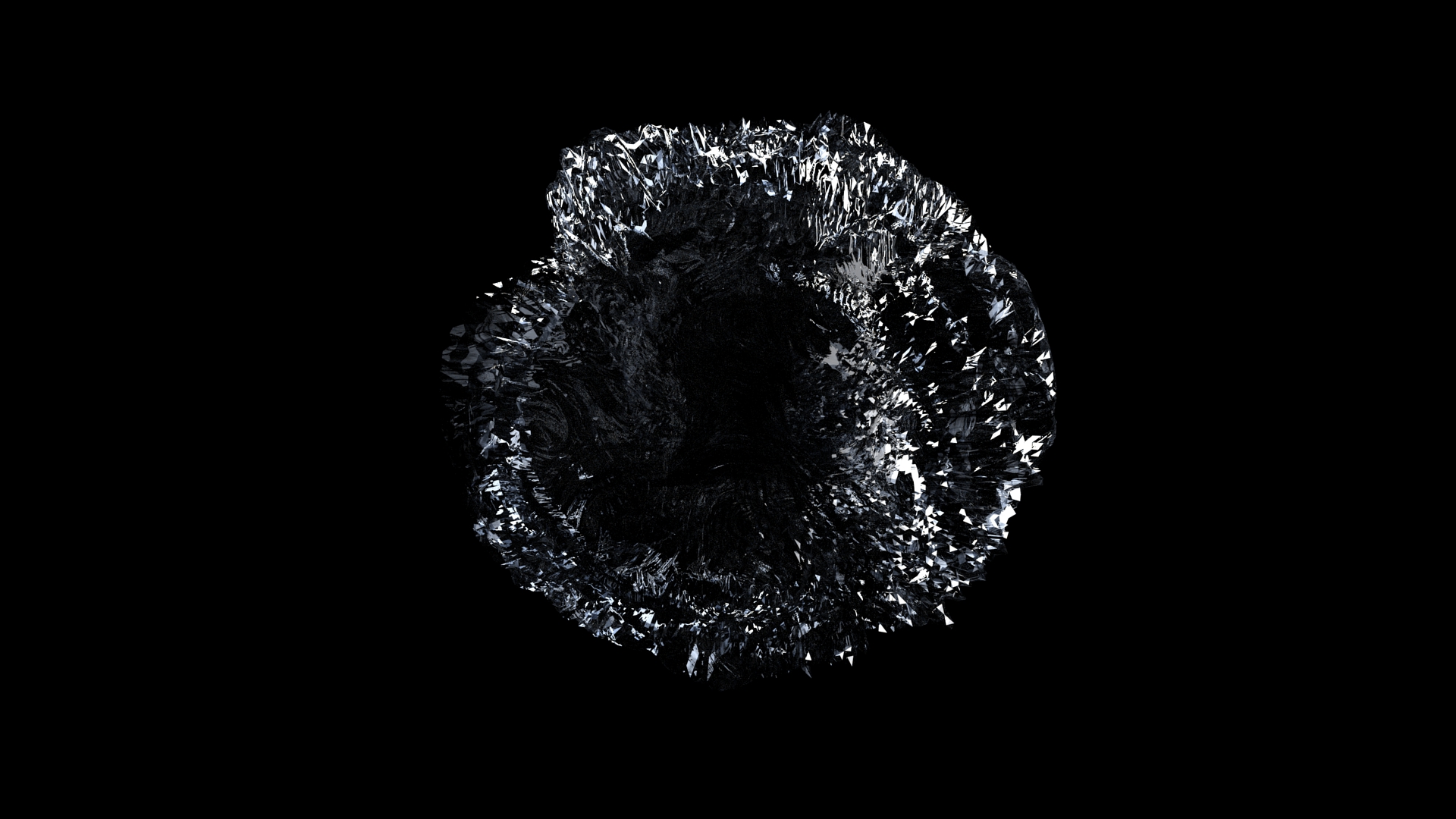 Figure 10. Height: 25cmCenter: Invert displacement. This feature is useful for positioning objects along a ground plane. For example, adding a displacement map to a carpet may make it look like it's floating. Reducing your center will bring it back down to the floor. Adding a displacement map to a floor may result in objects intersecting with the floor. In this case, you could increase the center to avoid intersection.
Figure 10. Height: 25cmCenter: Invert displacement. This feature is useful for positioning objects along a ground plane. For example, adding a displacement map to a carpet may make it look like it's floating. Reducing your center will bring it back down to the floor. Adding a displacement map to a floor may result in objects intersecting with the floor. In this case, you could increase the center to avoid intersection.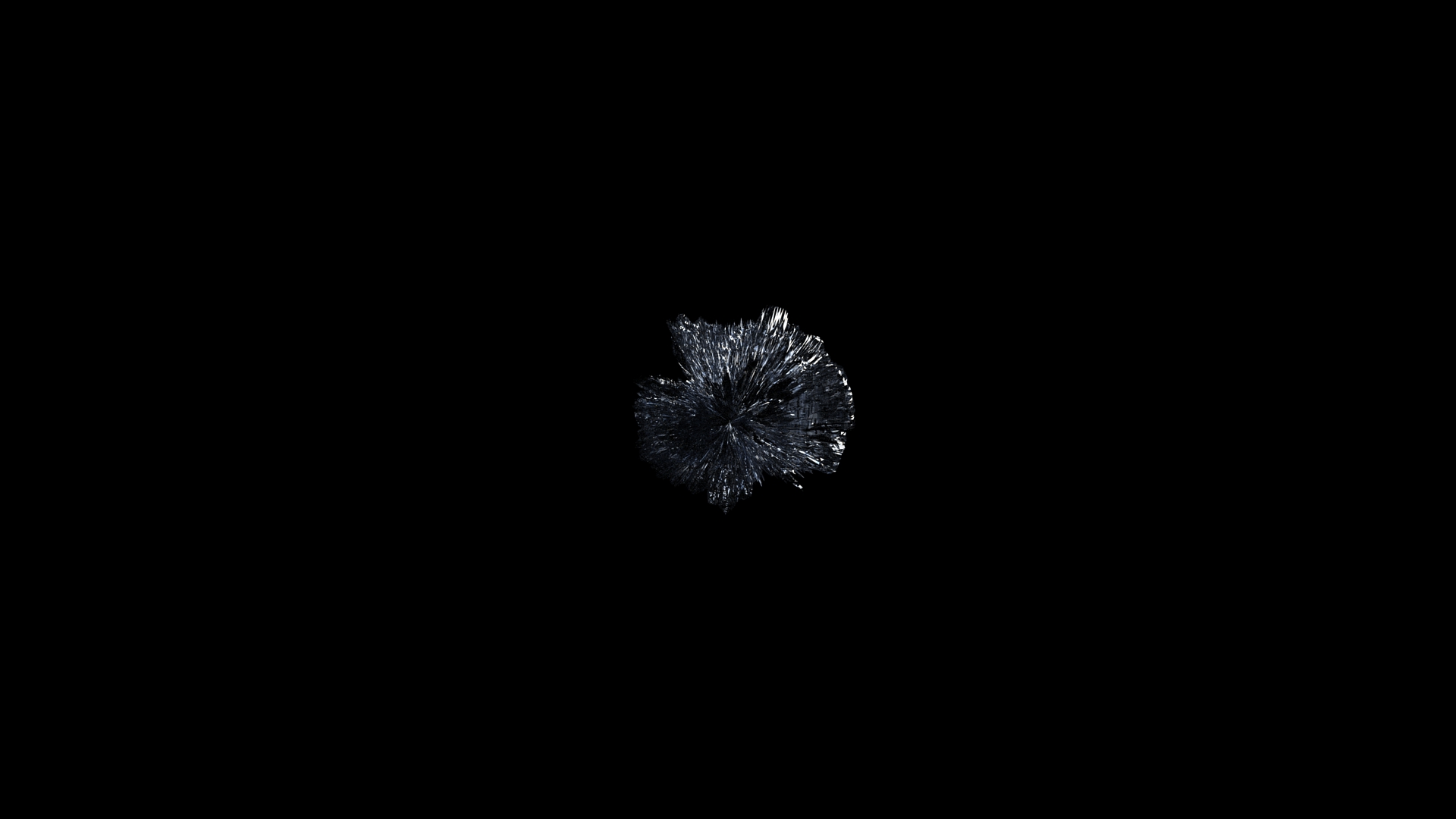 Figure 11. Center: 1cm
Figure 11. Center: 1cm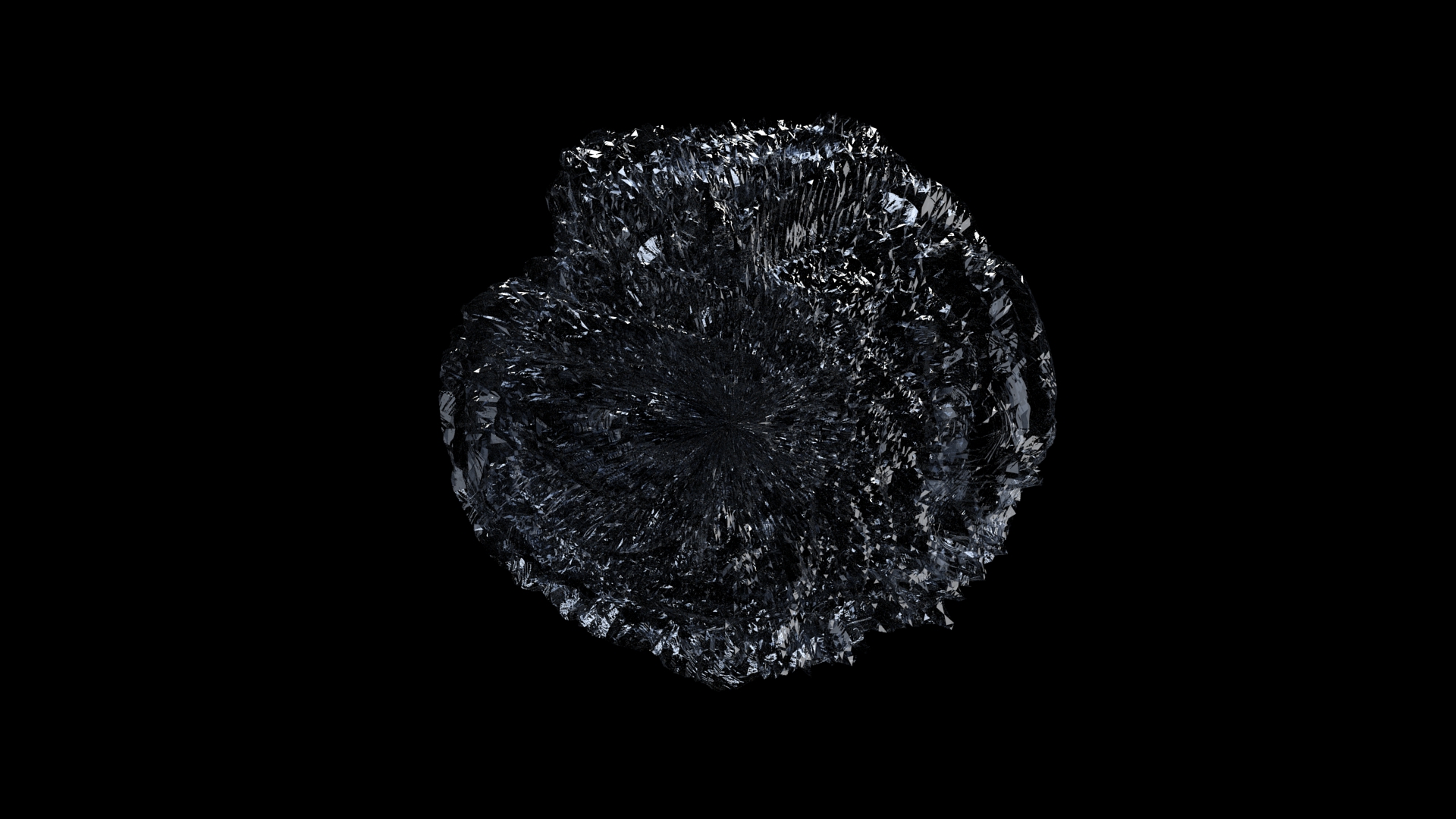 Figure 12. Center: 0.1cmNormal Smoothing: Enabled by default, to render smoothly (continuous shading). Disable to render in a faceted way, which is useful for rendering very sharp, detailed displacements such as sharp corners.
Figure 12. Center: 0.1cmNormal Smoothing: Enabled by default, to render smoothly (continuous shading). Disable to render in a faceted way, which is useful for rendering very sharp, detailed displacements such as sharp corners.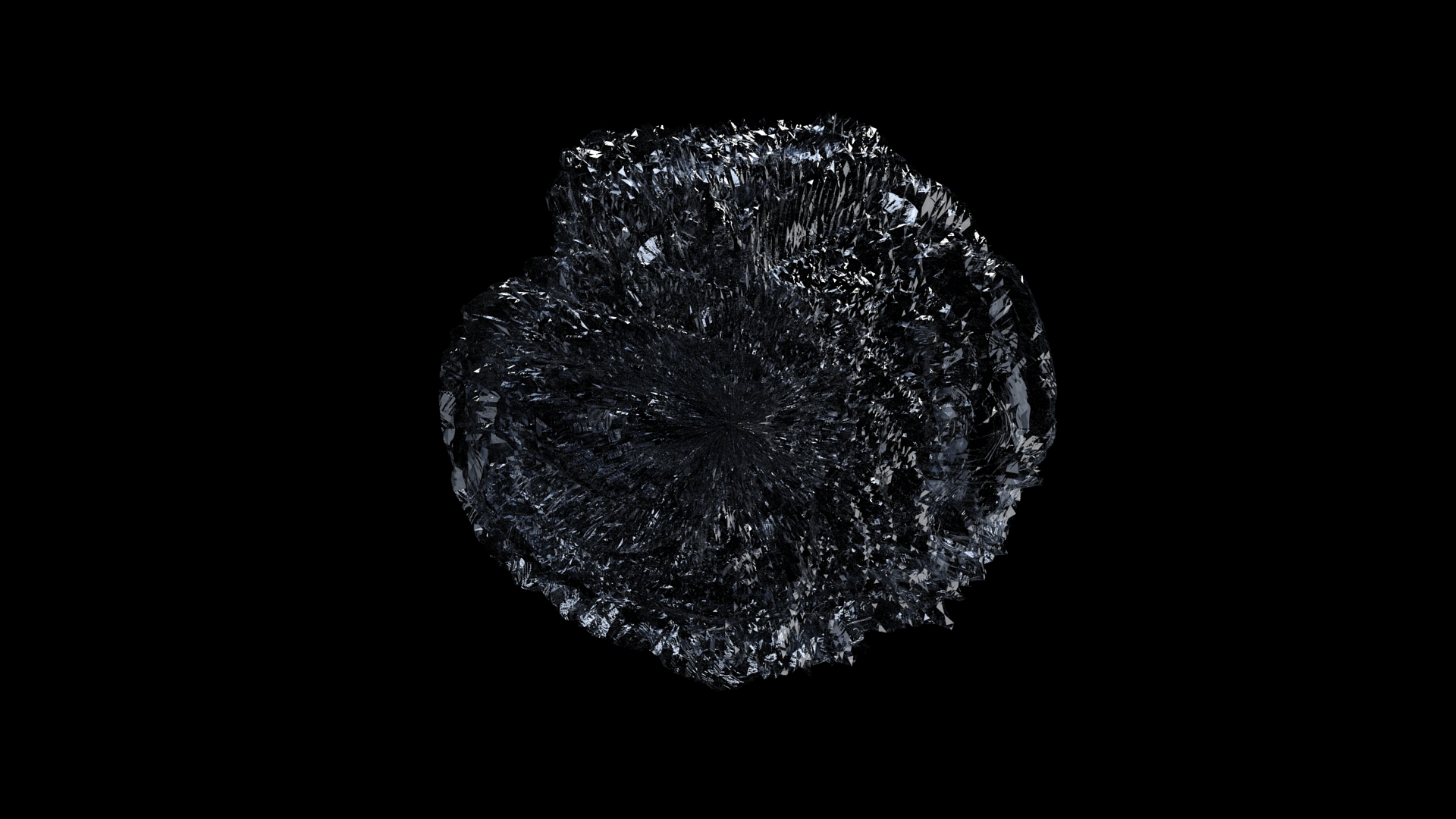 Figure 13. Normal Smoothing Disabled
Figure 13. Normal Smoothing Disabled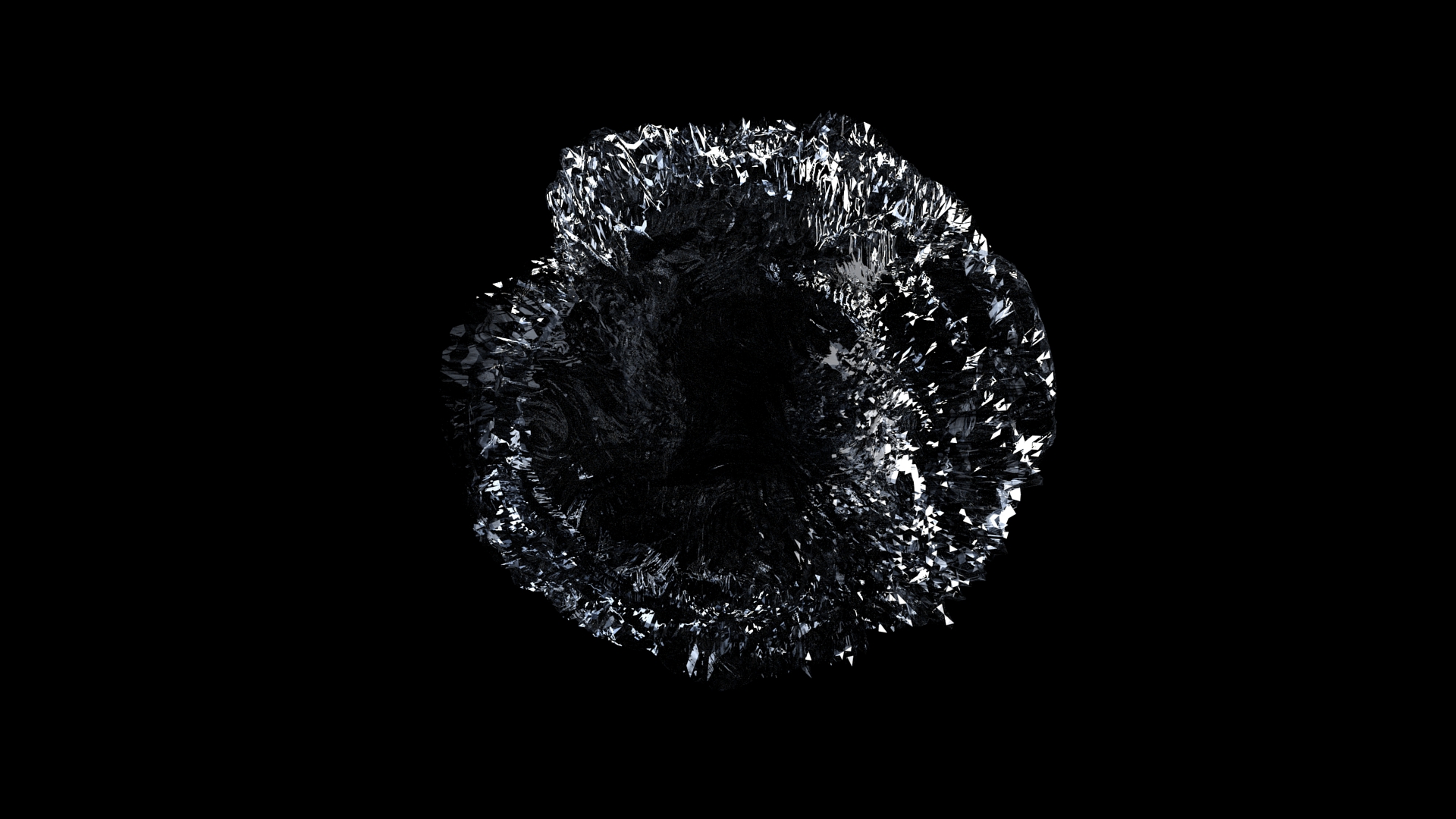 Figure 14. Normal Smoothing OnTight Bounds: Enabled by default. This feature lets Inspire Render compute more precise bounding volumes for the displaced surface, leading to slightly better rendering times. Since this feature is performance-based, check your engine settings to enable your fastest processors.
Figure 14. Normal Smoothing OnTight Bounds: Enabled by default. This feature lets Inspire Render compute more precise bounding volumes for the displaced surface, leading to slightly better rendering times. Since this feature is performance-based, check your engine settings to enable your fastest processors.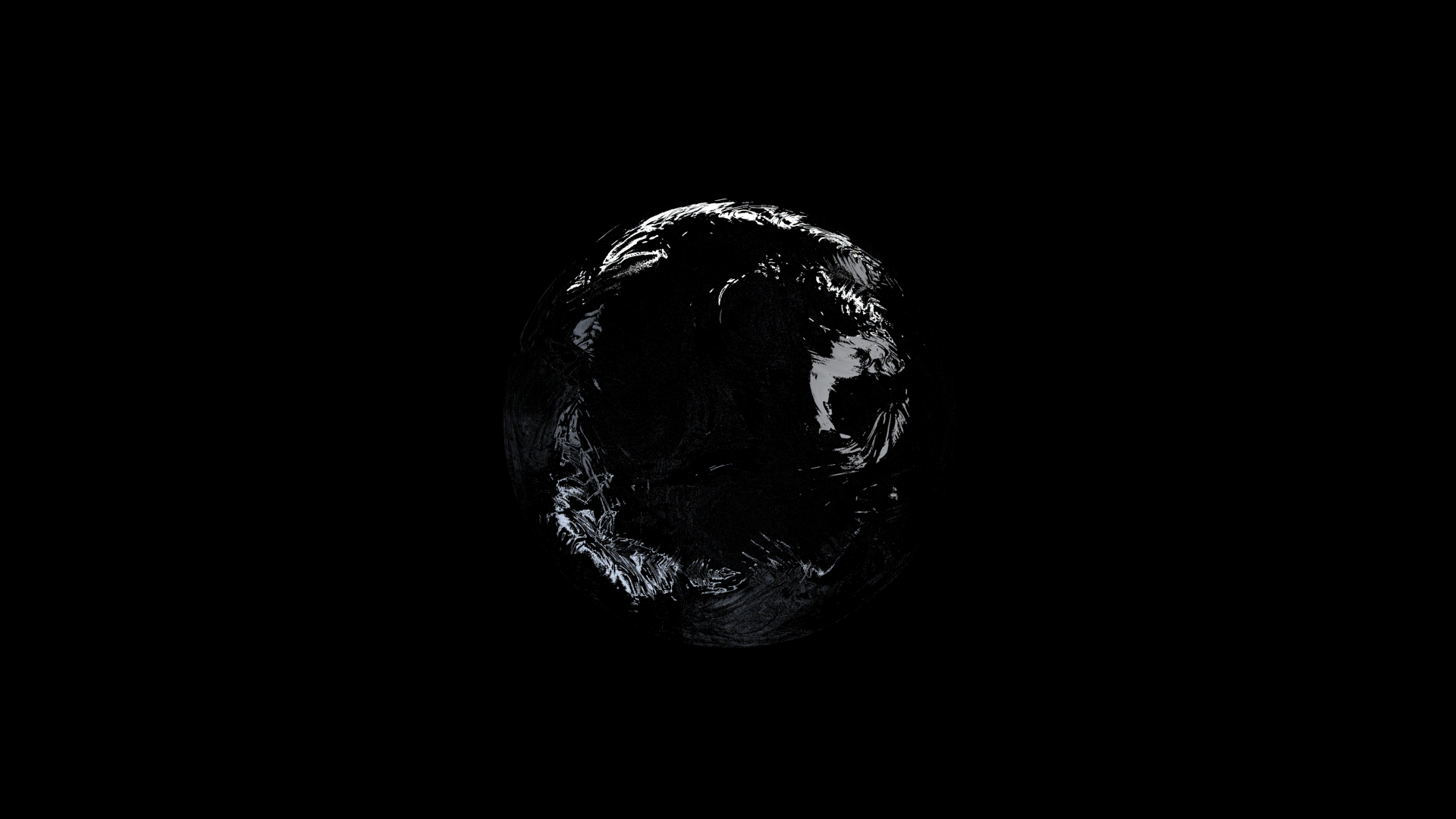 Figure 15. Tight Bounds Disabled
Figure 15. Tight Bounds Disabled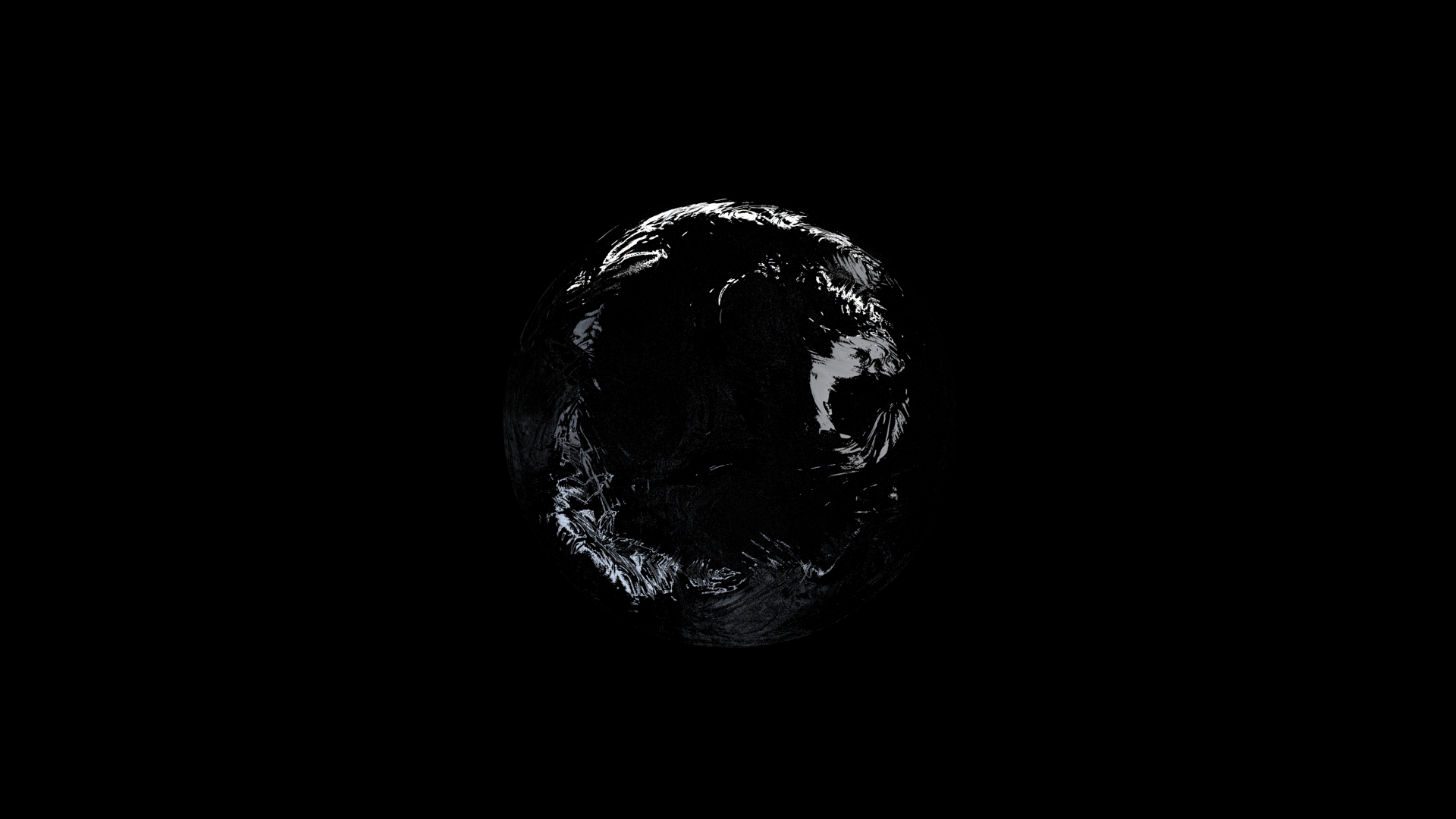 Figure 16. Tight Bounds Enabled
Figure 16. Tight Bounds Enabled - Clipping
- Make areas of the material transparent, using a grayscale texture map
where black equals completely transparent and white equals completely
opaque. This feature is useful for quickly creating perforated materials
like a mesh, since you can skip modeling the holes by
hand.
Texture: Upload a texture map. Colored images will be mapped as grayscale.
Threshold (%): Change how the texture map is interpreted. The default is 50, where 50% gray is interpreted as 50% transparent. To make a greater area of the texture transparent; increase the threshold; to make a greater area of the texture opaque, decrease the threshold. At 100, the entire texture is transparent; at 0, the entire texture is opaque.
Soft: Soften the contrast between completely transparent and completely opaque.
